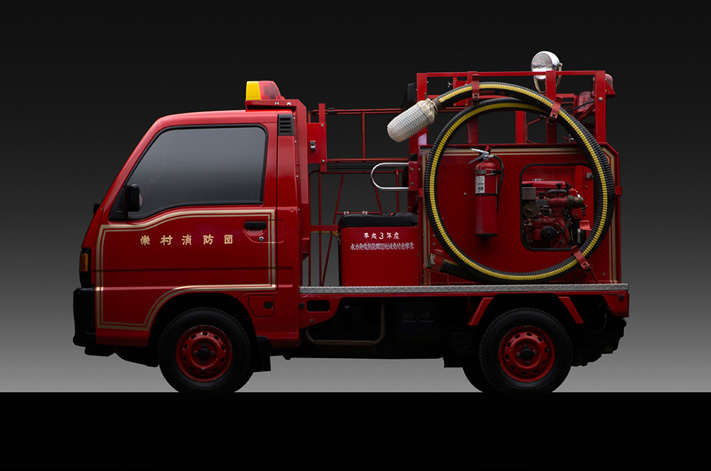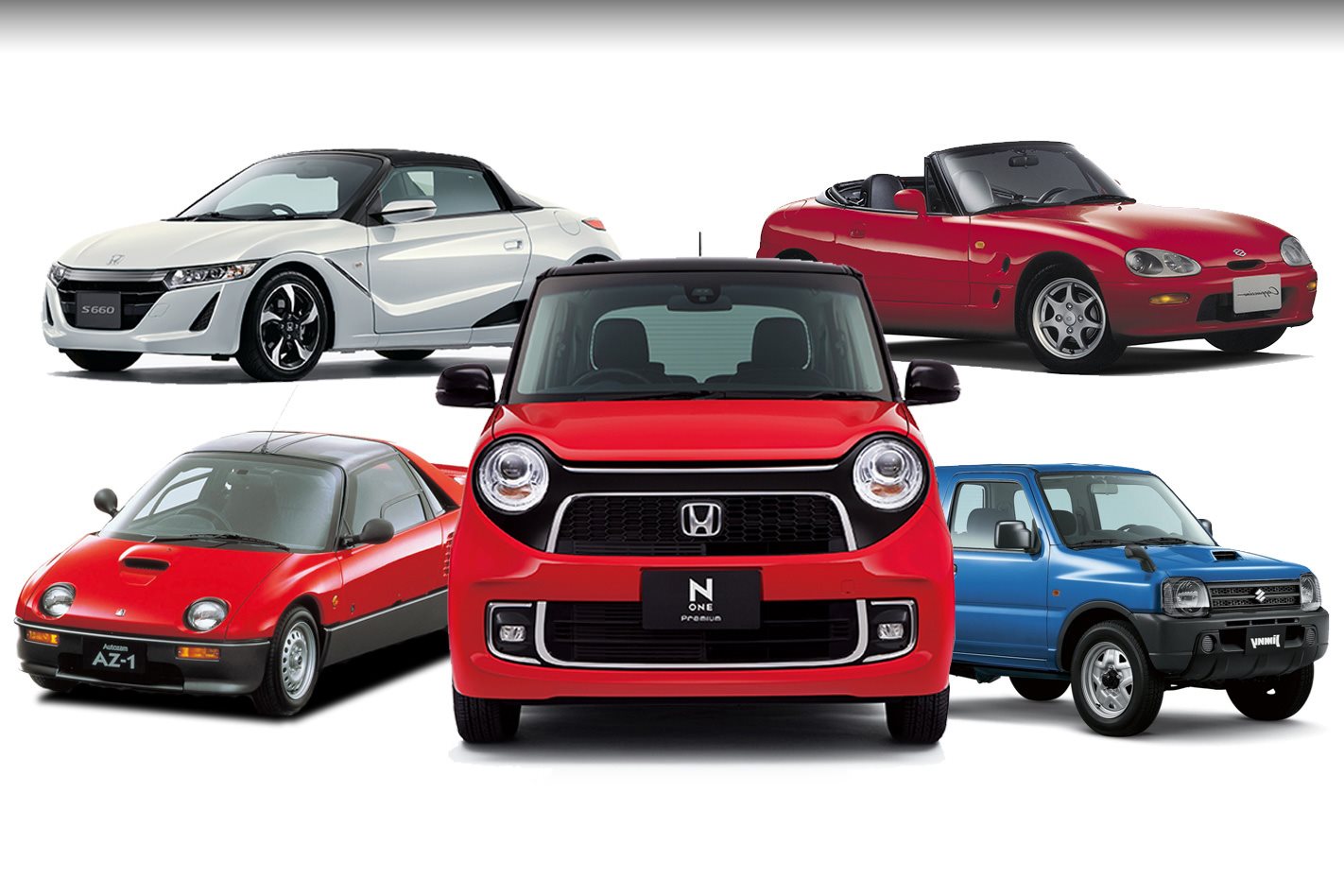JAPAN is the automotive equivalent of the Galapagos Islands – an isolated environment whose unique conditions have spawned some truly weird and wonderful creatures.
The oddest of the odd belong to Japan’s kei jidosha, a sub-species of car known for its tiny proportions and pint-sized engines. Measuring no longer than 3.4 metres, no wider than 1.48 metres, and no taller than 2 metres, kei cars these days are also limited to engines no bigger than 660cc and a maximum output of 47kW.
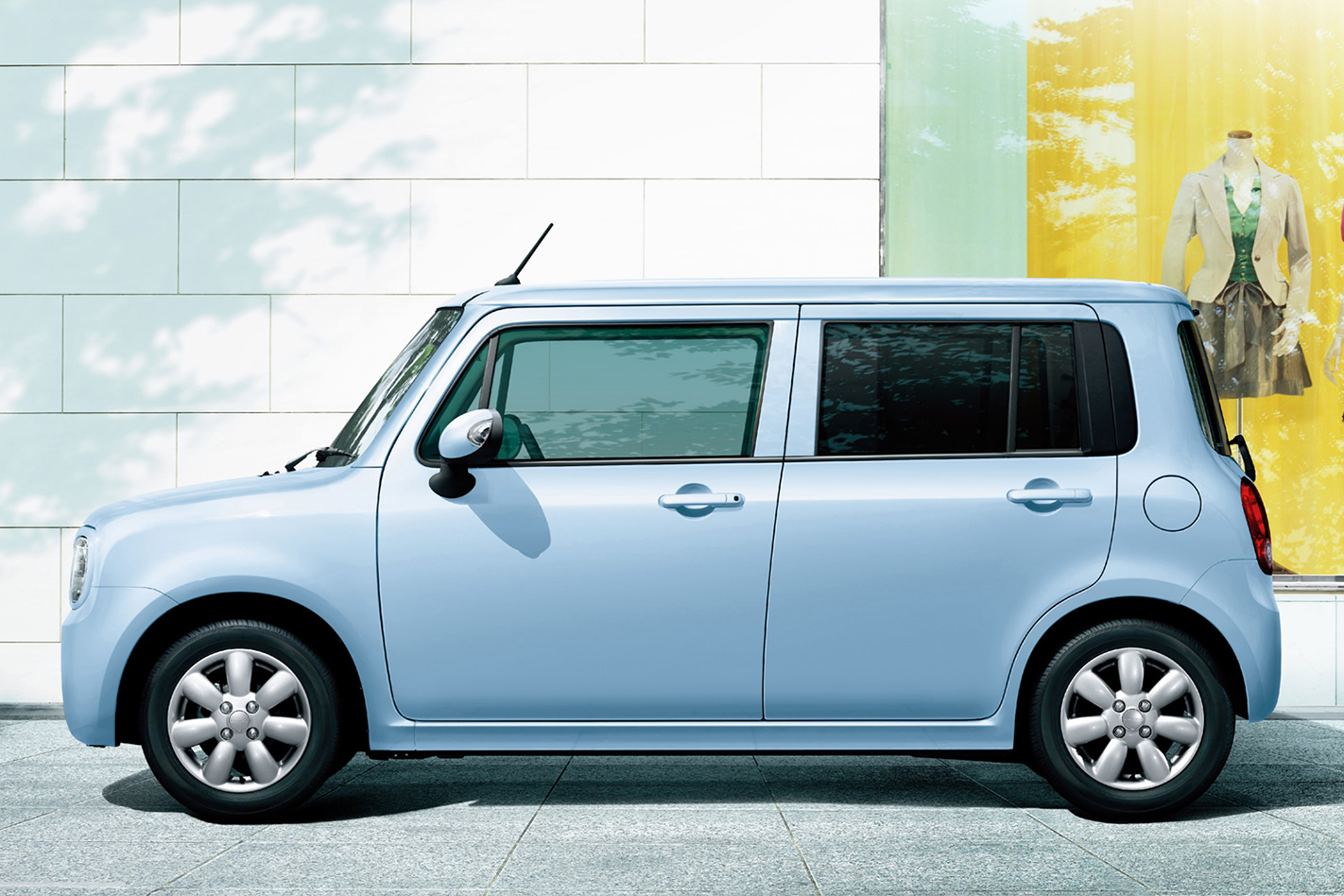
By packing as much internal space into as small of a footprint as possible, and with a miser-spec engine hauling it all, kei cars have proliferated in Japan thanks to hefty taxation of larger cars, tiny parking spots in urban areas, narrow streets, and high fuel prices.
However, besides a few isolated exceptions, modern kei cars are strictly for domestic consumption only and have largely stayed within Japan’s borders. Only a few, like the Suzuki Mighty Boy, managed to venture overseas.
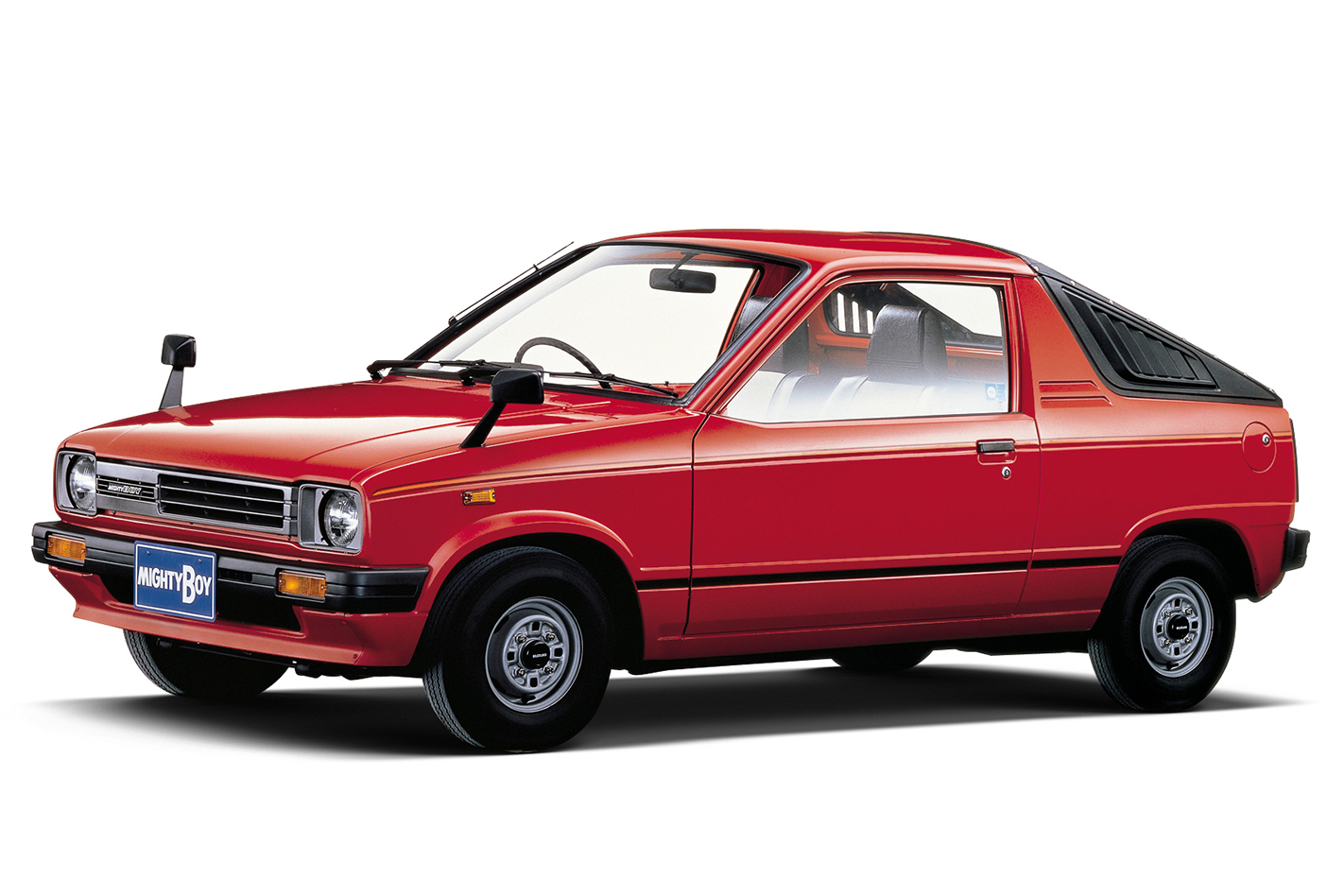
There are some good reasons for that, too. Governed by different regulations, kei cars are notorious for offering limited crash protection – one local executive of a Japanese car company described them to us as “quite dangerous” by Australian standards – and while they could feasibly be engineered to pass ANCAP crash testing, the cost of doing so would be “extreme”.
Besides that, kei cars are tiny. Truly miniscule, and built for smaller people as well – the average Caucasian would struggle to fit. Even though some kei cars offer surprisingly spacious interiors, components like its seat sliders, steering columns, and seatbelt anchorages are more suited to accommodate people of more compact proportions.

So don’t expect to see any keis making their way here anytime soon. We’ll have to admire from afar, and though the bulk of the kei class is made up of ordinary – and fairly miserable – two-box micro-hatches, throughout history there have been more than a few mutants that have attempted to splice sports car genes, or off-roader attributes, into kei DNA.
Here are some of the most interesting examples from Japan’s surprisingly diverse kei class, past and present:
Honda S660
Where else to begin but with Honda’s supremely enticing S660. A sporty roadster with a mid-mounted turbo three-pot taking power to the rear axle, the S660 channels the spirit of the Honda Beat of the 1990s while also recalling the legendary Honda S600 and S800 sports cars of the 1960s.
You only get 47kW to play with, but that should be plenty to move its 830kg frame. Honda sadly has no plans to bring its mid-engined micro to Australia, but grey import options exist.
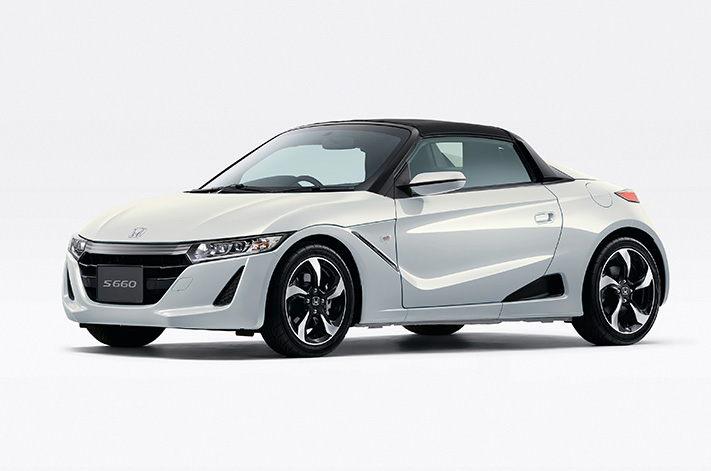
It’s called the Hustler. That’s cool enough in its own right, but the Suzuki Hustler also gets our vote thanks to its cutesy and charming baby-Jeep styling. Powered by your choice of an atmo or turbo 660cc three-cylinder, there’s also a 4WD option for those who actually want to take this one away from the big smoke.
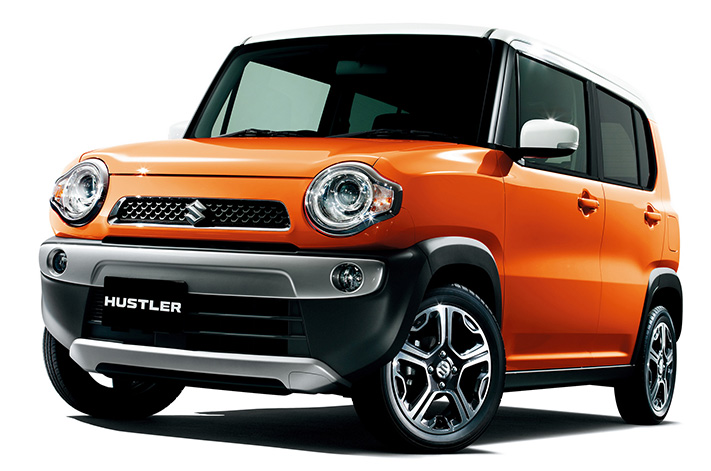
The theme of cool-but-slightly-questionable names continues with the Daihatsu Midget, a mid-engine, rear-driven, 1.5-seater ute that was launched in the mid-1990s. Brutally Spartan, the Midget had to mount its spare tyre on the front of the cabin as there was literally no other place to put it, and if you went for the manual option, the passenger seat was deleted to make room for the gear shifter and a clutch pedal.
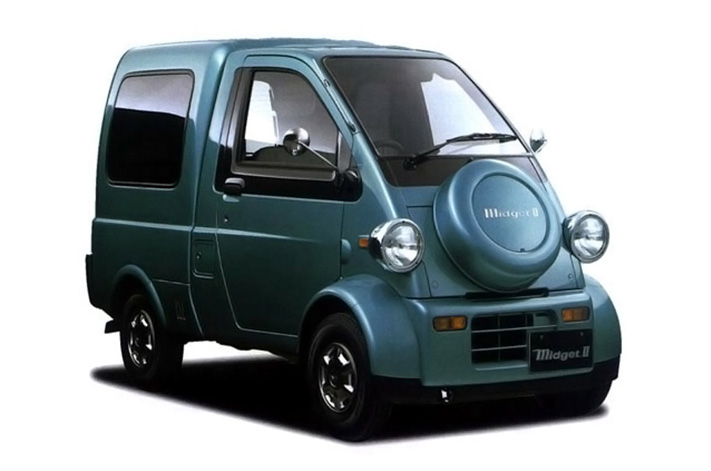
Daihatsu HiJet Deck Van
Australians are in love with dual-cab utes, but we wonder how the HiJet Deck Van, arguably the world’s smallest dual-cab, would fare in this market.
There’s enough room in the tub for a pot plant (maybe two if they’re small, three if you’re good at Tetris) and a rear bench that, in theory, can seat two adult humans, but the Deck Van is admittedly one hopelessly compromised vehicle. Still cool though.
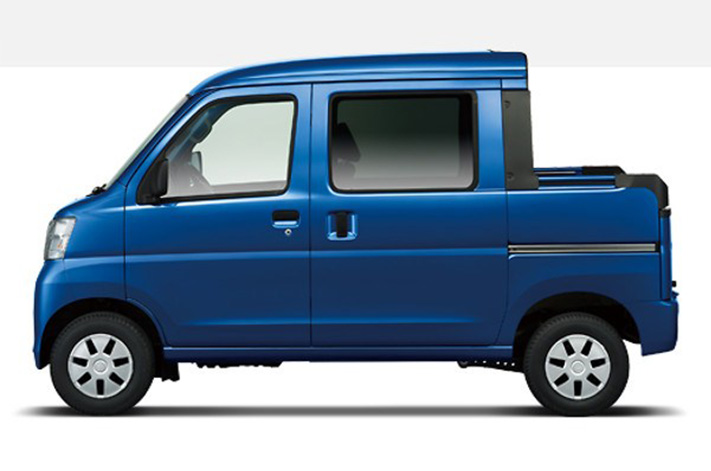
Remember Autozam? Of course you don’t! Mazda’s Japanese-market subsidiary specialised in rebadging Suzuki kei cars and smaller Mazdas like the 121 and MX-3 (and, weirdly, several Lancia models) but was unknown outside of Japan.
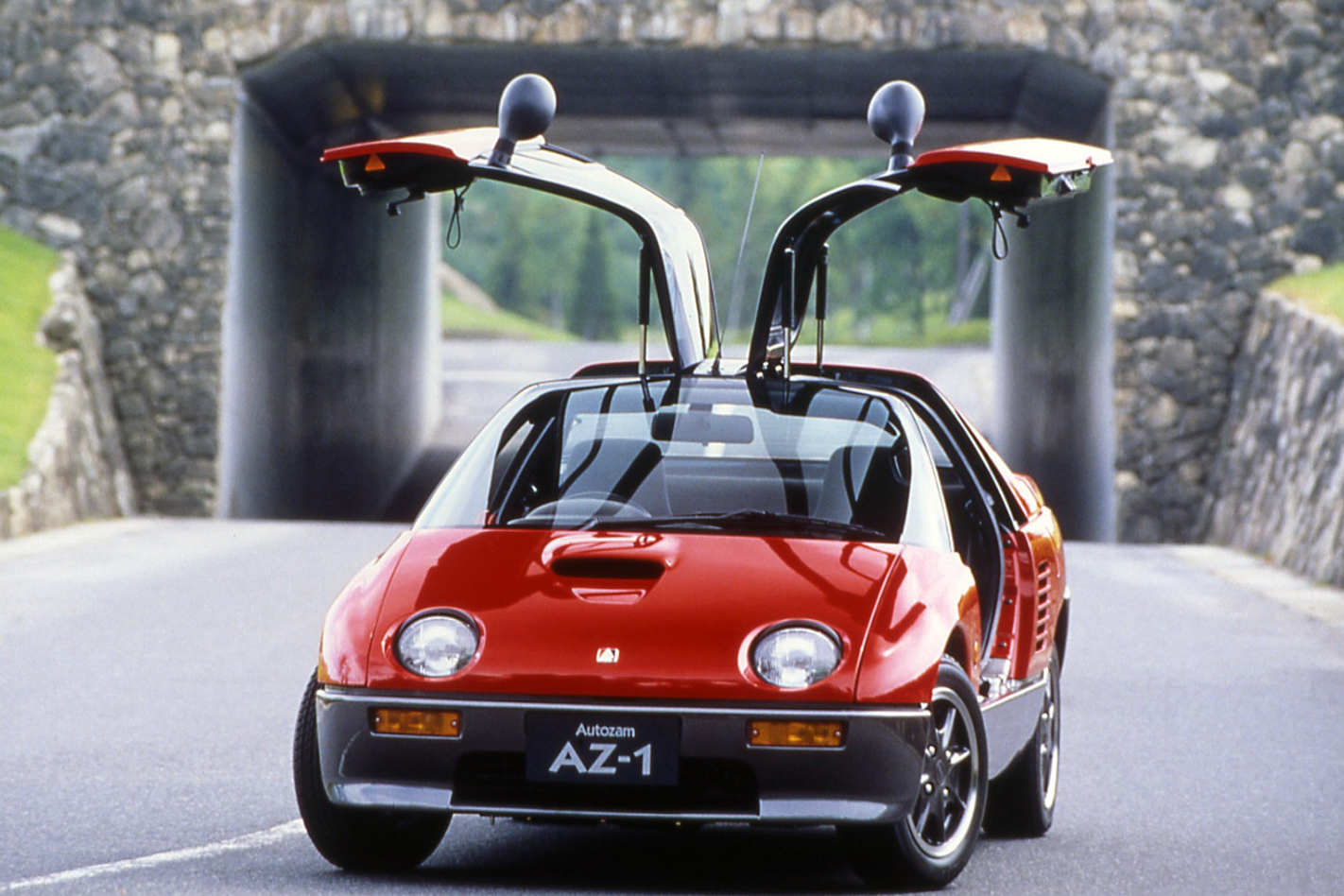
Rear-driven, mid-engined, and turbocharged – what’s not to love? Just like the Honda S660, only it looks like a gullwinged supercar.
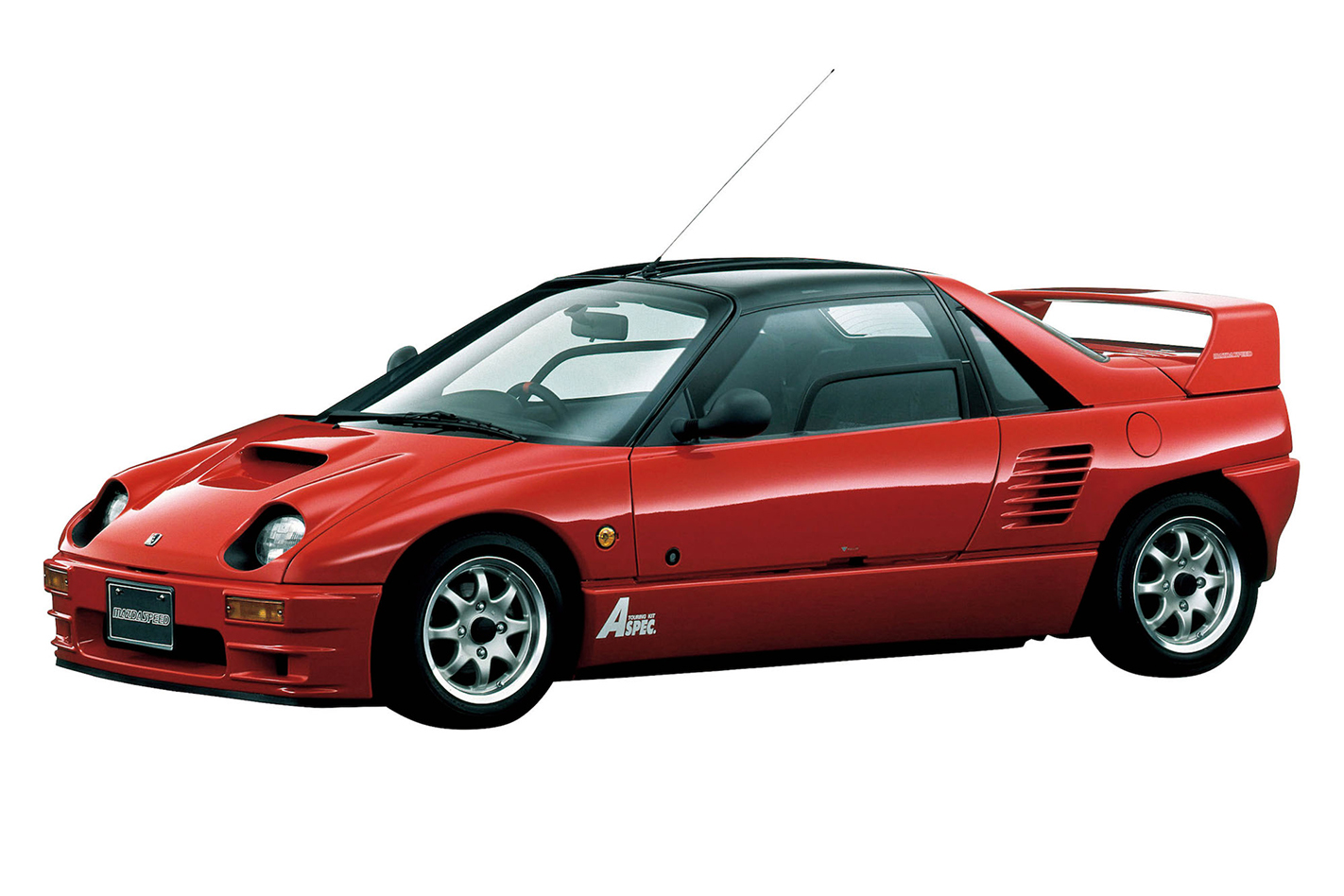
Daihatsu Tanto
Honey, I shrunk the people mover. Daihatsu’s two-box Tanto is largely representative of the bulk of kei cars sold in Japan, being a rectangular box with a stumpy bonnet and even shorter front and rear overhangs. With the mechanicals pushed to the very ends of the chassis, the Tanto prioritises passenger space above all else.
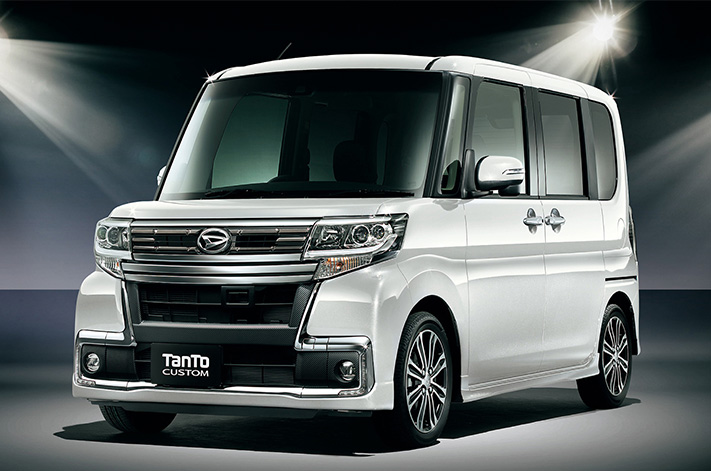
But the Tanto goes one step further in its quest to make itself a premier people carrier – there’s no B-pillar on the passenger side, which means even your most sumo-sized companions won’t struggle with entry or egress.
Power-operated rear sliding doors are another cool trick for this tiny van, but let’s not dwell too much on what the Tanto’s missing B-pillar means for crash safety…
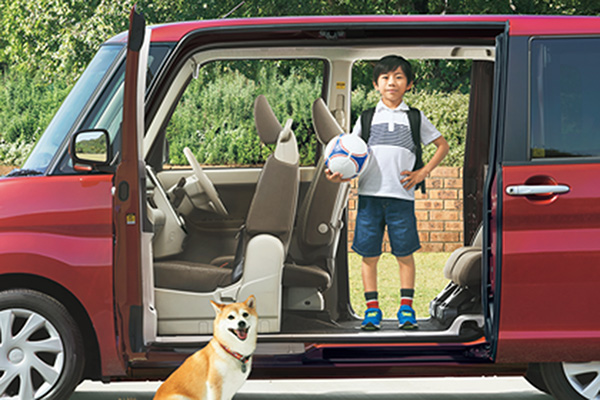
Suzuki Cappuccino
Front-engined, rear-wheel drive with a five-speed manual in the middle and bizarre targa-top-slash-fully-convertible roof overhead, the Cappuccino also had genuine sportscar genes thanks to alloy-armed double wishbone suspension front and rear and a claimed 50:50 weight distribution.
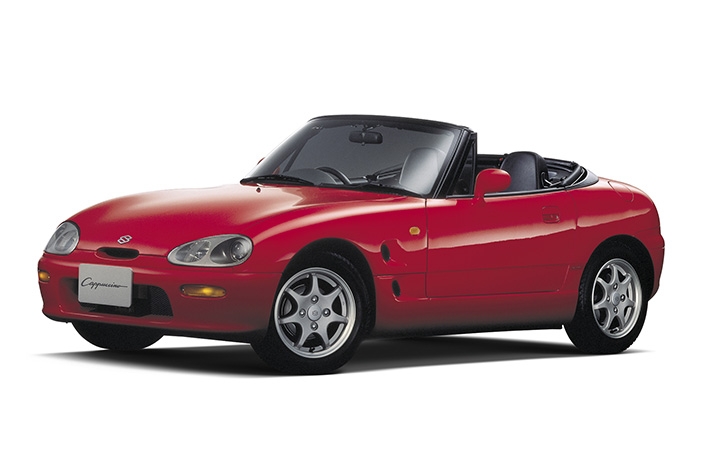
Good thing the Japanese auto industry was flush with cash in the late 1980s when the Cappuccino was being brewed.
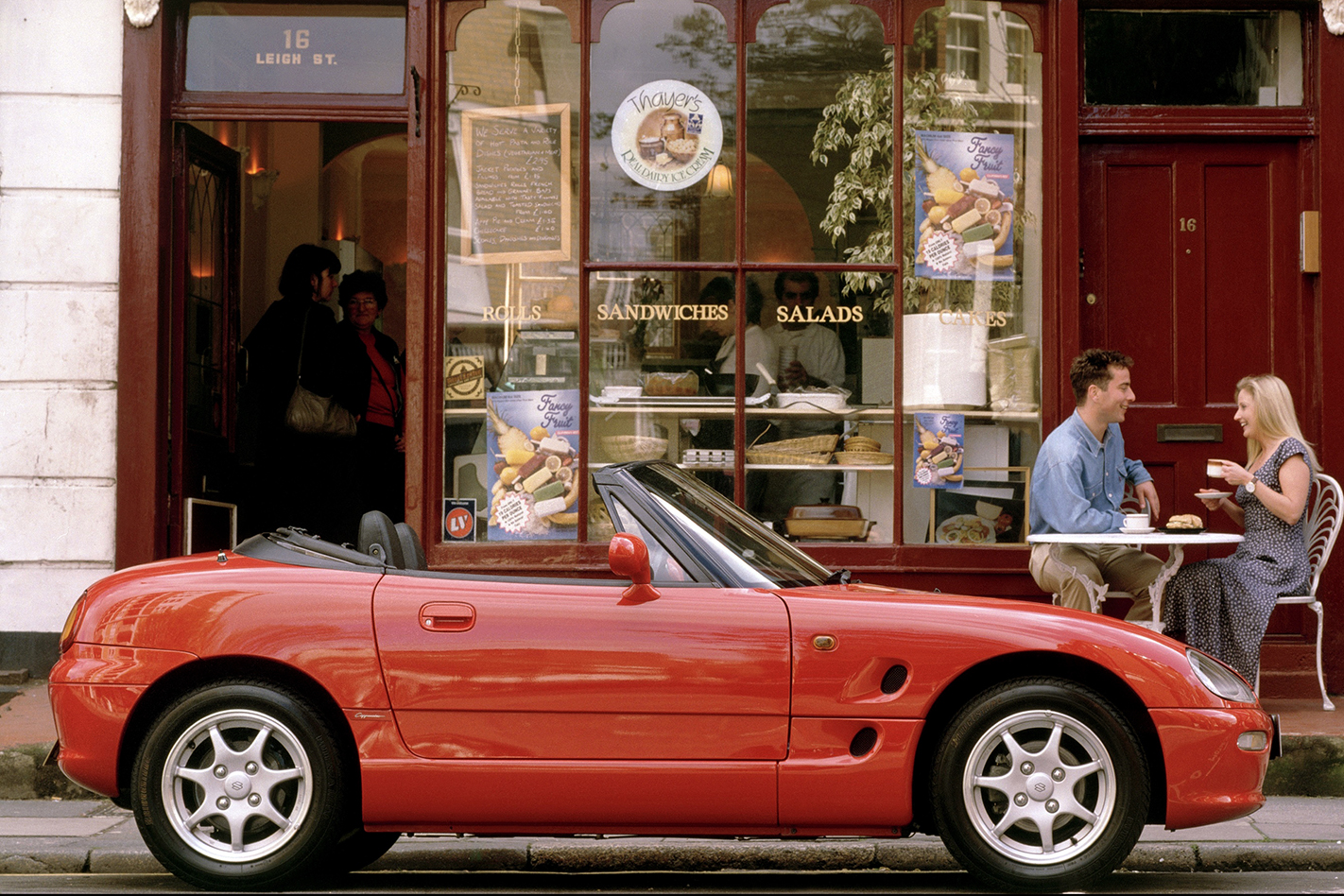
Honda N-One
The N-One is retro done right. As a pint-sized homage to the Honda N360, one of Honda’s first kei cars and one that actually came to Australia as the Honda Scamp, the N-One nails the brief by delivering a modern interpretation of the original’s 60s styling cues and silhouette.
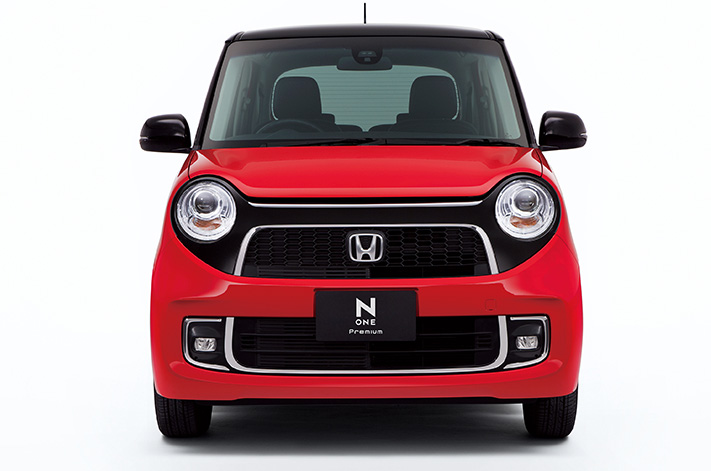
CVT-only, unfortunately, but a four-door config and much roomier interior makes it a more liveable device than the car it mimics. Unlike the original N360, though, the N-One isn’t going to get a local debut.
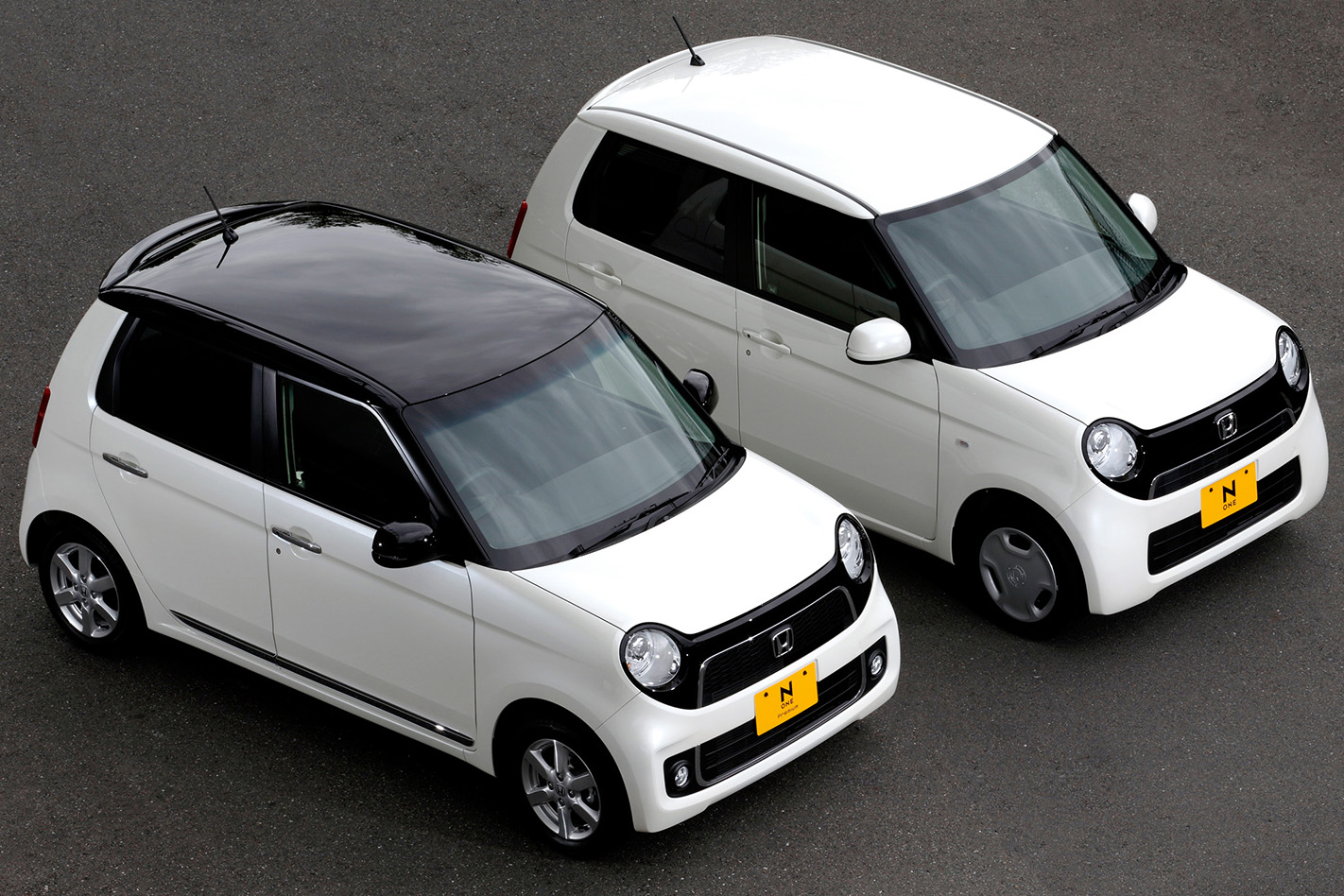
Suzuki Jimny
Yep, the Suzuki Jimny is arguably the most successful offroader of the kei jidosha, but is somewhat confusingly available both in kei and non-kei forms. The kei car has skinny tyres and a 47kW turbo three-pot, while the non-kei has fatter rolling stock, a bigger, more powerful, atmo petrol and is roughly equivalent to the Jimny that’s sold in Australia.
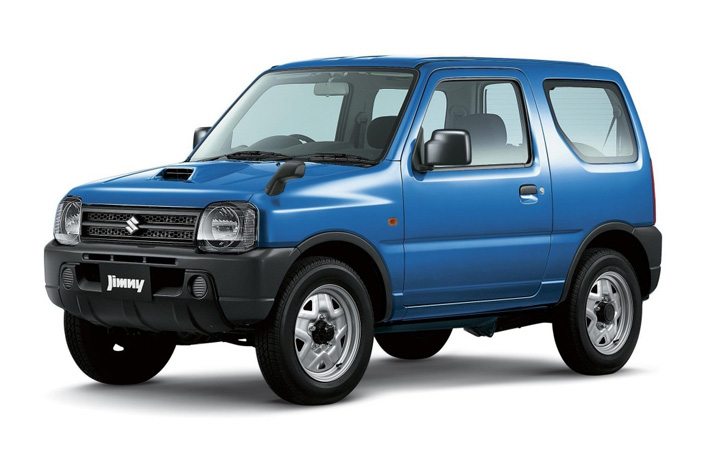
Subaru Sambar fire truck
Ever been to Japan and wondered how the local firemen get a pump unit down the more confined backstreets? Here’s how – a kei truck with a hose and pumps on the back. We’re not sure where the Dalmatian sits.
